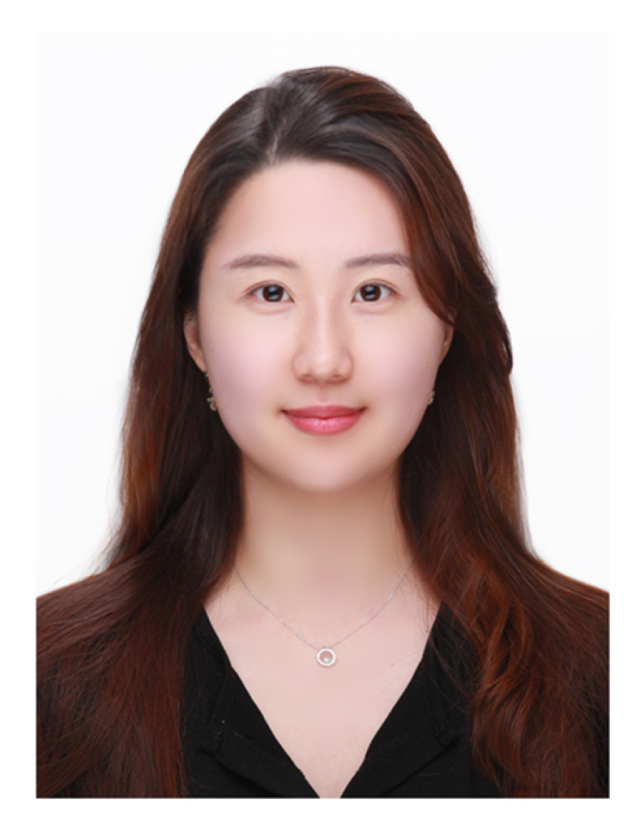CPOS Seminar: Advancements in Low-Temperature Processable Perovskite Solar Cells: Expanding the Substrate Landscape

Speaker: Dr. Ahra Yi, CPOS-Nguyen Group, Pusan National University (PNU), Republic of Korea
Abstract: In recent years, metal-halide perovskite has emerged as a highly promising semiconductor material for a wide range of photovoltaic and photoelectronic applications, including light-emitting diodes (LEDs), lasers, photodetectors, and solar cells. Among the various perovskite materials under study, formamidinium lead iodide (FAPbI3) has garnered significant attention in the field of perovskite solar cells (PSCs) due to its exceptional absorption coefficient and an ideal band gap of 1.48 eV, which closely approaches the Shockley-Queisser limit.
However, challenges related to the inherent poor phase stability and the difficulty in crystallizing α-FAPbI3 persist, thereby hindering its broader adoption for universal applications. Moreover, the commonly employed high-annealing temperature (> 150°C) for FAPbI3 poses limitations on its suitability for various applications and the choice of compatible substrates.
To overcome these challenges, researchers have developed composition engineering techniques aimed at enhancing the stability and optimizing the optoelectronic properties of perovskite materials. Recent studies have reported significant progress in improving solar cell efficiencies through the use of multicomponent perovskites.
In this study, we utilize composition engineering to demonstrate a low-temperature processing technique for highly efficient inverted PSCs. Through this approach, we not only address the challenges associated with structural stability but also expand the range of compatible substrates for PSC fabrication. This innovative approach enables us to thoroughly investigate the physical and electronic properties involved to gain a comprehensive understanding of the system.